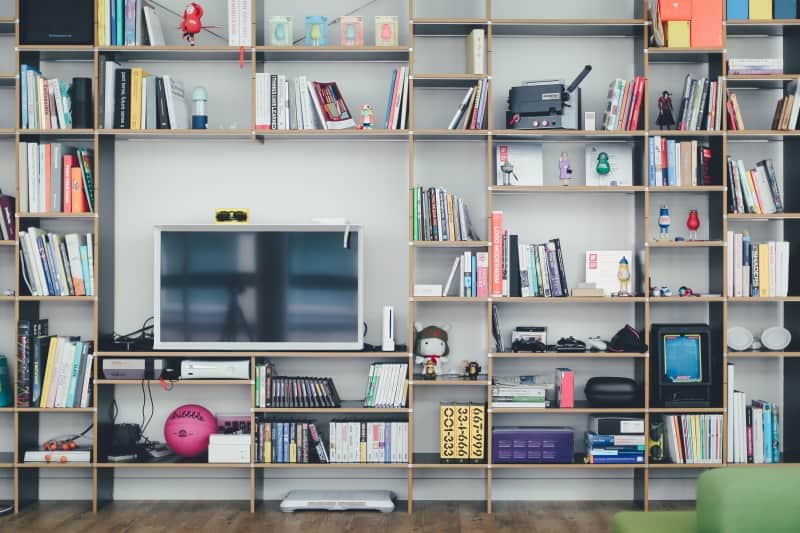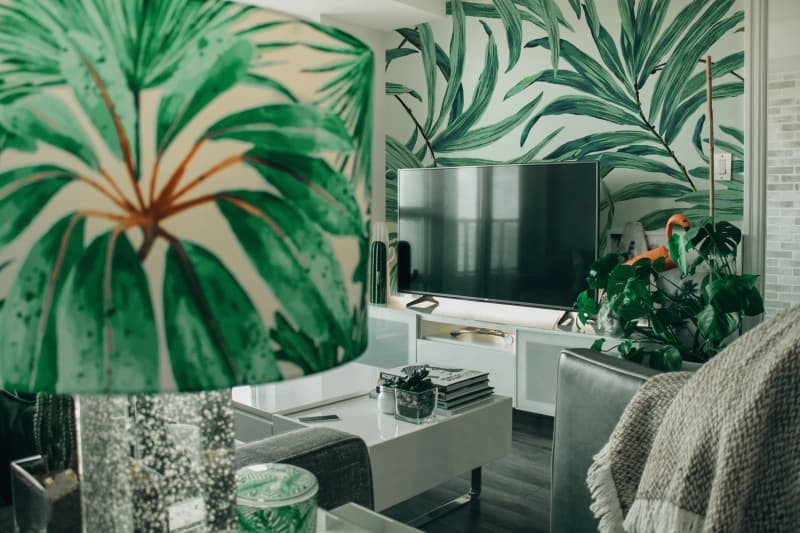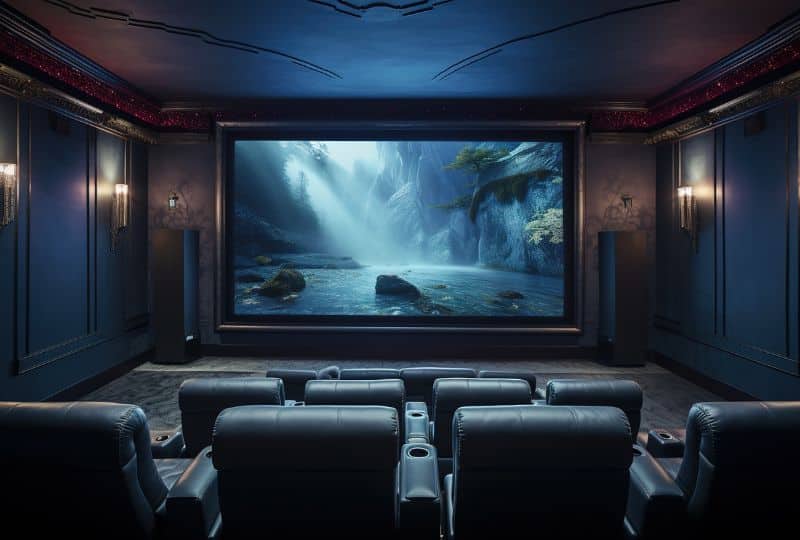It’s little surprise that interest in home cinemas is growing, with many preferring home comforts over high ticket prices and bumping elbows with neighbors. However, it can be a challenge knowing where to start when setting up a cinema at home.
To help you tackle this, here we’ll go through some of the most important things to bear in mind when designing your own home cinema.
1. Make the Home Cinema Decision a Family One
If you’re investing in a home cinema you need to make sure you’re buying with the input of everyone in the family, particularly kids who will likely get the most use out of it. You do need to set a budget. Naturally, you’ll get better quality when you buy top level products, though if you’re on the lower end budget this isn’t a huge issue as you’ll equally become accustomed to your setup soon enough.
Your primary decision is choosing where you are going to set the cinema equipment up. You don’t want to entirely dominate the living room
2. Plan the Layout of the Cinema Before You Purchase
An effective home cinema installation should be against a blank wall and away from windows to avoid reflection on the screen. You want to be away from glare if you plan to watch movies in the daytime or if there is a light outside at night. If you want to be especially careful in your planning you might even consider experimenting with paper templates until you find your ideal seating arrangement.
Audio engineers tell us screen size times a factor of 1.5 to 2.5. This dictates the ideal viewing range. Work the numbers the other way round and you have a range of screen sizes to play with. A factor of 2.0 is a good target for your home cinema. Now it’s time to plan for the sound equipment before you buy.
3. The Big Decision: Home Cinema Headsets or Speakers
While there’s no doubt that surrounding sound is best when entertaining as a family, there are times when this in impractical. A teenager may be cramming for an important test in the den, while cook may want to skype from the kitchen. Some of the latest headphones deliver concert hall standards with perfect audio and sync. On the whole, you’re often better off using a mix of both.
You may have to downgrade your speaker aspirations somewhat to afford a few decent headsets. However, the top 25% of quality is in the ear of the beholder, and we soon stop noticing the difference.
4. Can We Go Shopping Now?
Almost, but not quite, because we still need to plan the speakers and the cabling. No one wants home cinema cables and speakers cluttering the floors. Ideally, furniture should conceal cable runs, or as a default neat mini-ducting.
Here’s an example arrangement for surround sound that works well:
- A central channel speaker above or below the screen or television
- Front home speakers close by to the left and right so the dialogue is genuine
- A subwoofer within a few feet to provide most of the bass naturally
- Rear speakers just above ear level and pointing from behind to the seating
You can now determine the maximum size of speakers you can accommodate and the length of the cabling you require.
5. Now You’re Ready to Buy
Ultimately, the specific brand and model that you choose is down to your own personal preference. However, you will find a huge selection of ‘specials’ waiting and that’s where the problems may start. Many specials turn out to be discontinued speakers from other countries that will never be repeated. That means if one speaker goes you will never get an exact replacement. You should therefore ensure that you choose a known brand and equipment with local support.
Finally, buy the best cabling you can get. The quality of your home cinema sound will depend on the quality of the digital transmission, so go for the best you can afford. Installing your home equipment will be a pleasure when you get it home. That’s because you knew the right home cinema to buy, and you will soon be seated for your first show. Find out more about home cinema installations here.







Leave a Reply